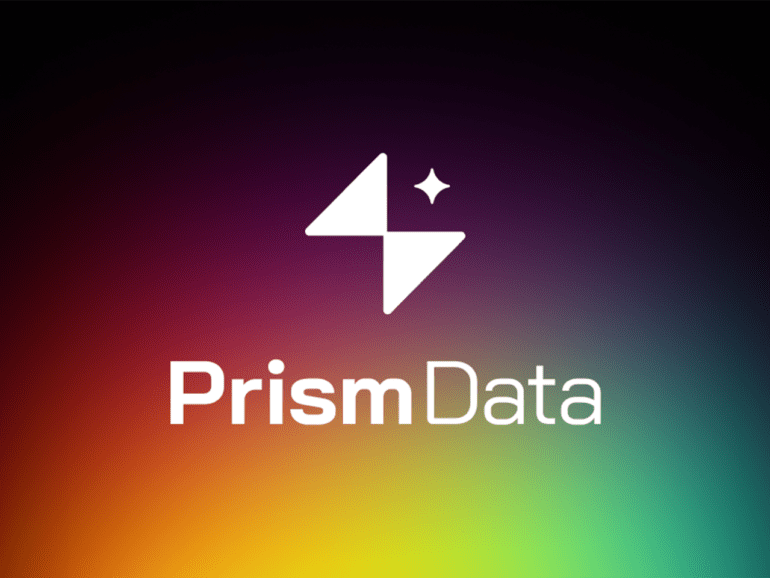Prism Data’s CashScore v3 utilizes anonymized, consumer-permissioned open banking data to provide a clearer view of actual credit risk.
It builds on earlier models developed by sister company Petal, which spun Prism Data into a standalone, B2B-focused company last year.
CashScore: How it works
General manager Erin Allard said CashScore v3 uses open banking to expand the view into a consumer’s financial status and creditworthiness by providing insights from habitual behaviors such as income generation, savings, rent payments, and BNPL activity. These actions are missing from traditional credit scores.
CashScore v3 utilizes the power of the crowd by tapping into the combined data capabilities of multiple banks, credit products, and customer segments (without needing PII). It fosters accurate risk profiling in such contexts as credit cards, personal loans, mortgages, and auto loans. Allard said CashScore v3 reduces expected credit losses by up to 30% while increasing approvals by as much as 10% without any reduction in the loss rate.
This combination allows lenders to effectively score those with thin or stale credit files by deriving insights from their everyday financial actions. It also improves the ability to assess the likelihood of overdrafts and defaults.
Allard explained that by assessing these regular but previously under-analyzed actions, CashScore v3 allows companies to respond quickly to a customer’s changing financial circumstances. Perhaps that recurring, bi-weekly payroll deposit is missing, or new obligations have appeared. Such risk factors are identified faster than they appear on credit reports.
Companies can use CashScore on their own or in customized combinations with Prism Data’s Categories, Insights, and Income, along with traditional credit bureau data and proprietary models. Default risks are rank-ordered and are delivered with lists of explainable Reason Codes that can be used in Adverse Action Notices.
Open data’s benefits becoming more clearly understood
Allard said recent announcements about Section 1033 of the Consumer Financial Protection Act make it easier for fintechs, banks, and credit unions who either don’t have their data or who wish to serve more consumers to do that.
“Now, it’s the consumer’s right to say ‘this is my data. I would like to share it. I pay my bills on time. I have a strong cash flow. Please look at me that way because it will tell you if I’ll pay you back,” Allard said.
Allard said an exciting aspect of this evolution is watching how partners talk to consumers about linking data. Borrowers with fewer options can now get a more structured lending option in place of a payday loan. Some companies offer lower rates or higher limits post-approval.
“We’re very pleased with the broad array of products and structures that our partners are bringing to market and our ability to support and be a part of that.”
Allard said that companies have varying levels of awareness about the benefits of open, anonymized data. Those without access to their data tend to grasp it quickly. Rohit Chopra’s recent announcements about activating dormant aspects of Section 1033 have also helped.
Non-traditional data and BNPL
Using non-traditional data has helped BNPL take off. Allard said that was a hot topic earlier this year as lenders became more concerned about consumer exposure levels.
“When we started to look at our data and did some more analysis early on, it became clear to us that we can illuminate for these lenders… what the consumer’s actual financial picture is because right now they’re kind of in the dark,” Allard said. “Everyone knows consumers are using BNPL more, and use is exploding, but it’s challenging to understand what that risk is if you’re looking at a credit report.
“We see these payments on the bank account data: paying for installments, other running instruments like payday loans or title loans. What we’re then able to do is paint a complete picture. Not just the liabilities in a traditional credit report, but the total liabilities, the income, the savings patterns, and spending patterns.”
The benefits extend beyond BNPL, she added. Perhaps a company announces layoffs. Using partner data, they correlate that announcement with behavior changes. They don’t know the person behind the behaviors, but they know something has changed through regular assessment. Companies can more quickly react.
Growth areas aplenty
There are plenty of growth areas for Prism Data, Allard said. One is improving the ability to dive deeply into specific B2B verticals and providing specific sector scores. Others are fraud detection and default projection.
“There’s such a vast array of types of data. We’re putting together the final building blocks to make it much easier for consumers to share. It’s already come a long way, but I think there’s still some more ground to cover. We’ll unlock new insights we haven’t even thought of. We went from 3000 with our last version to 15,000 with this version, so there’s still much learning.”
Allard said that the data exists to reward consumers across the income spectrum for positive financial behavior. That has broad utility and is, therefore, very attractive to companies.
“It enables us to cover almost every adult who has these accounts because it’s so fundamental to how they live their life,” Allard said. “You’re seeing their income, how they save, and how they spend. It’s creating a complete picture that shows some things Netflix payments but also sets that against what’s the income and the stability of that income.
“Our hope is this sets up consumers to have an almost verified way of saying this is how they live their life, and that they are a responsible human being, but in a quantifiable way that can be used in a scalable, automated way.”


